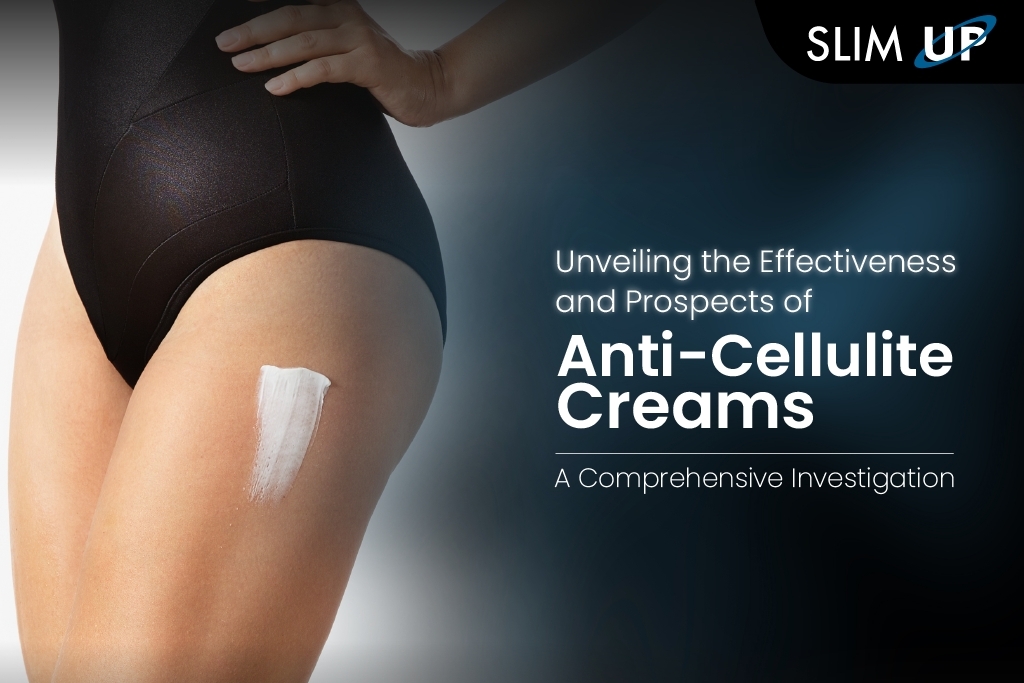
Unveiling the Effectiveness and Prospects of Anti-Cellulite Creams: A Comprehensive Investigation
In the realm of skincare and body aesthetics, the quest to address cellulite—a common cosmetic concern—has led to the development of various solutions, among them anti-cellulite creams. These creams promise to reduce the appearance of cellulite and promote smoother skin texture. However, as with any beauty product, the efficacy of anti-cellulite creams is subject to scrutiny and varying results. This comprehensive article delves into the world of anti-cellulite creams, examining the science behind cellulite, exploring the ingredients in these creams, discussing their potential benefits, and providing insights into their role within a holistic cellulite management approach.
Understanding the Complexity of Cellulite
Cellulite, often referred to as “orange peel skin” or “cottage cheese thighs,” is a cosmetic condition characterized by dimpled, uneven skin texture, commonly found on the thighs, buttocks, and abdomen. It results from a combination of factors, including:
- Fat Accumulation: Accumulation of fat cells beneath the skin’s surface contributes to the appearance of cellulite.
- Connective Tissue Structure: Fibrous bands of connective tissue, known as septae, can become tight and inflexible, causing fat cells to push against the skin and create the characteristic dimples.
- Blood Flow and Lymphatic Drainage: Poor blood circulation and lymphatic drainage can exacerbate fluid retention and cellulite formation.
- Hormonal Influence: Hormones, particularly estrogen, play a role in cellulite development due to their impact on fat storage and connective tissue.
The Role of Anti-Cellulite Creams
Anti-cellulite creams, formulated with a range of active ingredients, aim to target various aspects of cellulite formation and appearance. These creams are designed to be applied topically, allowing their ingredients to penetrate the skin and potentially address cellulite-related concerns. Common ingredients found in anti-cellulite creams include:
- Caffeine: Known for its potential to increase blood flow, caffeine is often included to improve circulation and reduce fluid retention.
- Retinol: A derivative of vitamin A, retinol is believed to enhance collagen production and improve skin texture.
- Peptides: These small protein molecules may aid in collagen synthesis and skin firmness.
- Natural Extracts: Ingredients like green tea extract, aloe vera, and horse chestnut are believed to have antioxidant and anti-inflammatory properties.
Understanding the Limitations
While anti-cellulite creams offer a non-invasive approach to addressing cellulite, it’s essential to manage expectations. Several factors contribute to the limitations of these creams:
- Varied Results: The effectiveness of anti-cellulite creams can vary widely from person to person due to individual factors such as genetics, lifestyle, and severity of cellulite.
- Long-Term Commitment: Consistent and prolonged use of anti-cellulite creams is often necessary to observe potential results.
- Complementary Approaches: Combining anti-cellulite creams with a healthy diet, regular exercise, and other cellulite management strategies may yield better outcomes.
Scientific Validity and Clinical Studies
The scientific community remains divided on the efficacy of anti-cellulite creams. While some studies suggest modest improvements in skin texture and appearance, others emphasize the need for larger, rigorous clinical trials to establish definitive results.
Holistic Cellulite Management
- Diet and Hydration: Consuming a balanced diet rich in fruits, vegetables, and whole grains while staying hydrated can support skin health and reduce fluid retention.
- Exercise: Regular physical activity, including cardiovascular exercise and strength training, can help improve circulation, promote fat loss, and enhance skin tone.
- Lifestyle Factors: Avoiding smoking, maintaining a healthy weight, and managing stress contribute to overall skin health.
Navigating the World of Anti-Cellulite Creams
- Patch Testing: Before using a new anti-cellulite cream, perform a patch test to ensure you don’t have adverse reactions.
- Consistency: Regular and consistent application is crucial to potentially observe any benefits over time.
- Hydration: Applying anti-cellulite creams to well-hydrated skin can enhance absorption and effectiveness.
- Manage Expectations: While some improvement may occur, it’s essential to manage expectations and understand that complete elimination of cellulite is unlikely.
Anti-cellulite creams occupy a unique space in the world of cellulite management, offering a non-invasive option for individuals seeking to address this concern. While they may provide subtle improvements in skin texture and appearance, it’s crucial to approach them as part of a holistic approach that includes healthy lifestyle habits, proper skincare, and realistic expectations. As research continues and formulations evolve, anti-cellulite creams have the potential to be valuable tools in the journey towards smoother, more radiant skin.